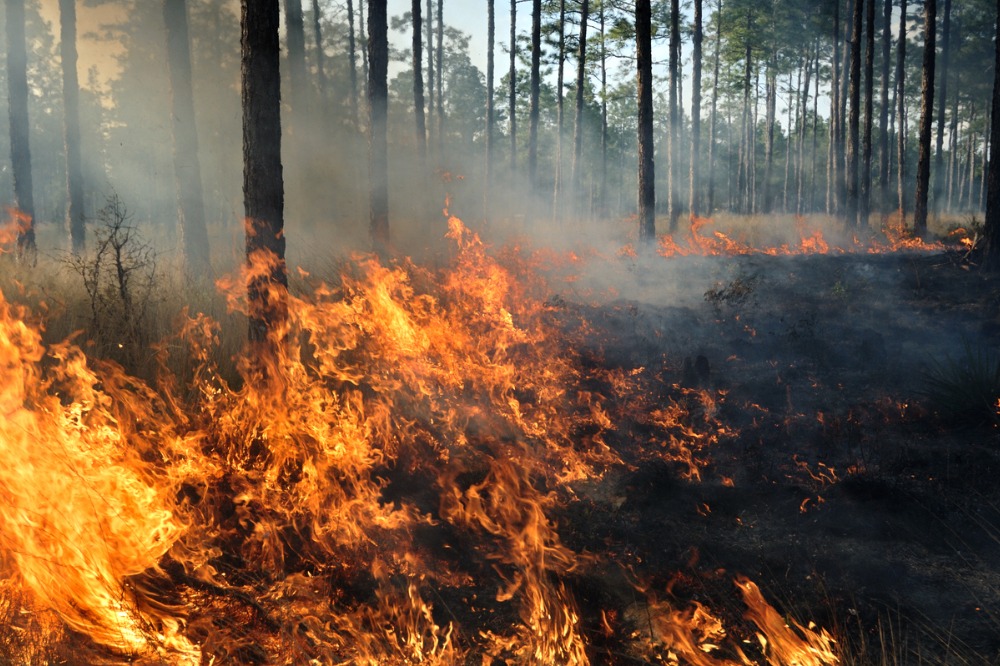Canterbury researcher creating new models to protect against wildfires

Canterbury researcher creating new models to protect against wildfires | Insurance Business New Zealand
Catastrophe & Flood
Canterbury researcher creating new models to protect against wildfires
Models are unique in their ability to simulate real-time conditions across specific locations
Catastrophe & Flood
By
Kenneth Araullo
University of Canterbury (UC) atmospheric dynamics associate professor Marwan Katurji is developing advanced modelling systems designed to predict the spread of wildfires more accurately.
These systems, which incorporate local weather conditions, are a response to the increasing threat of wildfires, exacerbated by climate change. New Zealand has experienced wildfire-related costs amounting to $82 million since 2017.
Katurji, who has served as an expert witness for the Port Hills fire and is currently examining the Lake Ōhau fire incident, emphasised the significance of his work in light of climate change’s impact on increasing fire risks across various regions in New Zealand.
The models, Katurji said in a news release, are unique in their ability to simulate real-time conditions for specific locations, a feature that distinguishes them from traditional models offering broader, less precise weather predictions.
Current models typically overlook local variable weather conditions, which can lead to discrepancies in weather forecasting and its implications for fire spread. Katurji’s work seeks to address this by providing more localized and accurate predictions, particularly pertinent in areas like Canterbury where existing models may fail to accurately represent actual weather conditions.
Katurji’s vision also extends beyond wildfire prediction, with the hope that these models will aid in firefighting strategies and fire engineering. One practical application he foresees is their use by Fire and Emergency New Zealand for real-time fire movement analysis, which could significantly enhance firefighting efforts.
Additionally, fire engineers could leverage these models to improve building practices, incorporating an understanding of fire movement and the impact of turbulent winds on fire behaviour.
A key part of Katurji’s research involves conducting groundbreaking fire whirl experiments in Twizel. These experiments focus on creating and studying fire vortices or fire tornadoes. Such phenomena are among the most unpredictable and least documented fire behaviours. By recreating them in controlled settings, Katurji’s team can gather vital real-world data to refine their models.
The research also includes field-scale fire experiments using various fuels like gorse, stubble wheat, and wild pine. These experiments are closely monitored using temperature sensors and unmanned aerial systems to observe and record fire behaviour under different conditions.
This research, driven by the lack of a comprehensive theory of fire spread, aims to provide essential insights to practitioners. Katurji’s team is dedicated to enhancing understanding of fire movement under diverse atmospheric conditions, ultimately contributing to more effective protection against damaging wildfires.
What are your thoughts on this story? Please feel free to share your comments below.
Related Stories
Keep up with the latest news and events
Join our mailing list, it’s free!






